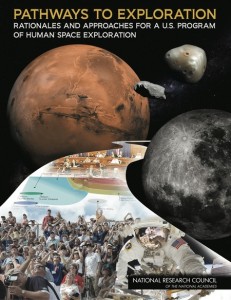Prof. Asif Siddiqi publishes “Whose India? SITE and the origins of satellite television in India” in History and Technology: An International Journal.
Below is the abstract:
This essay explores the origins of the Satellite Instructional Technology Experiment (SITE), a project that used a NASA satellite to beam educational programs to over two thousand villages in India in the mid-1970s. Touted as a major success in using advanced technology for the purposes of poverty alleviation, the results of the project remain contested. I argue that the causes of its ambiguous outcome can be traced to the late 1960s when Indian and American scientific elites mobilized support for this project by uniting a coalition of diverse actors that each imagined a different ‘India’. Although each of these ‘Indias’ represented a starkly different vision of the nation, they were consonant for a brief historical moment, thus enabling SITE to come to reality. Their ability to do so depended on framing as monolithic and passive, the one population central to the project, the ‘poor and illiterate’ of India.


